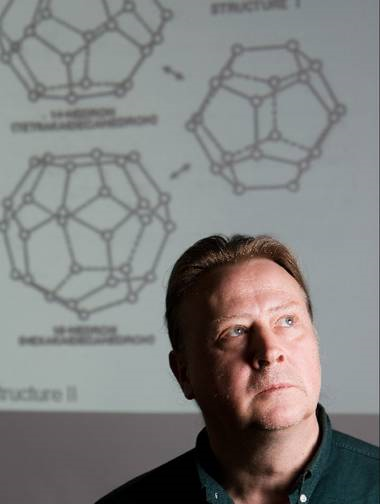2572
Scientific Program

Bjorn Kvamme
University of Bergen, Norway
Biography:
Bjorn Kvamme has obtained his MSc in Chemical Engineering (1981) and PhD in Chemical Engineering (1984) from the Norwegian University of Technology and Natural Sciences. After a short period with SINTEF and two years at Bergen University College, he was appointed as Full Professor in 1987. He was appointed as a Professor in Gas Processing at the Department of Physics, University of Bergen in 2000. He is the author/co-author of 422 publications during last 25 years, of which 148 are in good international scientific journals.
Abstract
Aquifer storage of CO2 is one option for reducing CO2 emissions to the atmosphere. Offshore Norway this is being utilized for storing 1 Million ton CO2 per year from the Sleipner hydrocarbon production of hydrocarbons. A slightly smaller amount (0.7 million tons per year) is being stored in another field (Snohvit) offshore Norway. On a nano to micro scale there are flow channels in between the well completion cement and the rusty injection pipeline. During year of CO2 injection water with dissolved CO2 as well as some separate CO2 phase will be dragged into these channels. This can lead to dissolution of the cement minerals, as well as corrosion of the pipeline. As a first step in modeling these processes it is important to understand how water, CO2, H+ and HCO3- will distribute on the surfaces of rust (Hematite is used as a model) and cement. These distributions can then provide a basis for setting up realistic Quantum mechanical modeling for studies of reaction kinetics and associated parameters (activation energies, etc.) needed for kinetic models in reactive flow modeling of the pathways from injection point of the pipeline to the seafloor. It is found that CO2 adsorbs well on cement but not directly on rust. Bicarbonate and H+ adsorbs on both surfaces but compete with water and natural ions in groundwater.
- Petroleum Geology
- Geophysical Exploration
- Hydraulic Fracturing
- Advanced Drilling Technologies
- Petroleum Refineries
- Computer Applications in Petroleum Engineering
- Computational Modelling
- Petroleum Desulphurization
- Reservoir Engineering & Reservoir Simulation
- Advanced Natural Gas Engineering
- Petrophysics & Petrochemistry
- New frontiers in Petroleum Engineering
- Major Challenges in Petroleum Industry
- Environmental Impacts in Petroleum Engineering
- Petroleum Substitutes
- Petroleum Economics

